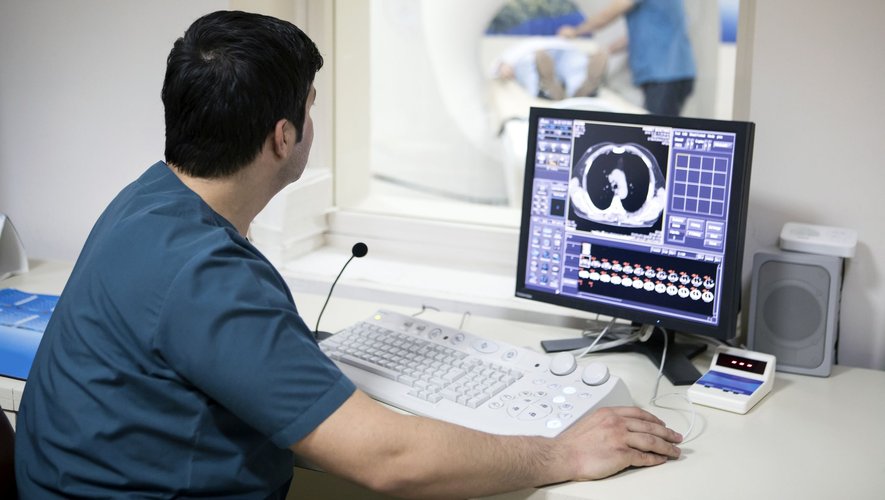Effective in reducing the risk of radiation to the rectum during external radiotherapy treatment of prostate cancer, the synthetic resorbable SpaceOAR spacer is now reimbursed by National Health Insurance. Progress for patients.
With 48,400 new cases per year, prostate cancer is the most common cancer in men. It is also the third cause of death by cancer in men with 9000 deaths each year in France.
At a favorable or intermediate stage, non-operated patients are most often treated with external radiotherapy. In this case, spacer devices placed between the prostate and the rectum make it possible to treat prostate cancer while protecting the surrounding tissues from radiation.
“Several devices of this type exist, but the resorbable synthetic hydrogel spacer SpaceOAR is the first to benefit from reimbursement in France, because its effectiveness in reducing induced radiotoxicity has been proven. It’s a small revolution that will allow us to better treat patients on organs at risk, ”says Dr. Igor Latorzeff, radiotherapist and member of the board of the French Society of Radiotherapy and Oncology.
Limit rectal, intestinal, urinary and sexual side effects
Indeed until now, despite the use of modern radiotherapy techniques, for 10% to 15% of patients, the residual rate of toxicity in the rectum persisted beyond grade 2. We are talking here about late toxicities which appear two years after the end of treatment. “With this type of device, the grade 2 toxicity rate only concerns 1 to 2% of patients”, according to the doctor. This progress therefore improves the quality of life of the patients treated, by limiting the rectal, intestinal, urinary and sexual side effects that can be induced by radiotherapy.
The installation of this minimally invasive device takes about ten minutes under locoregional anesthesia and is done on an outpatient basis. “The gel, injected between the rectum and the prostate stiffens immediately but this internal crystallization is not felt by the patient”, describes the specialist. It stays in place for three months, the duration of the treatment, then is naturally absorbed by the body in six months. »

